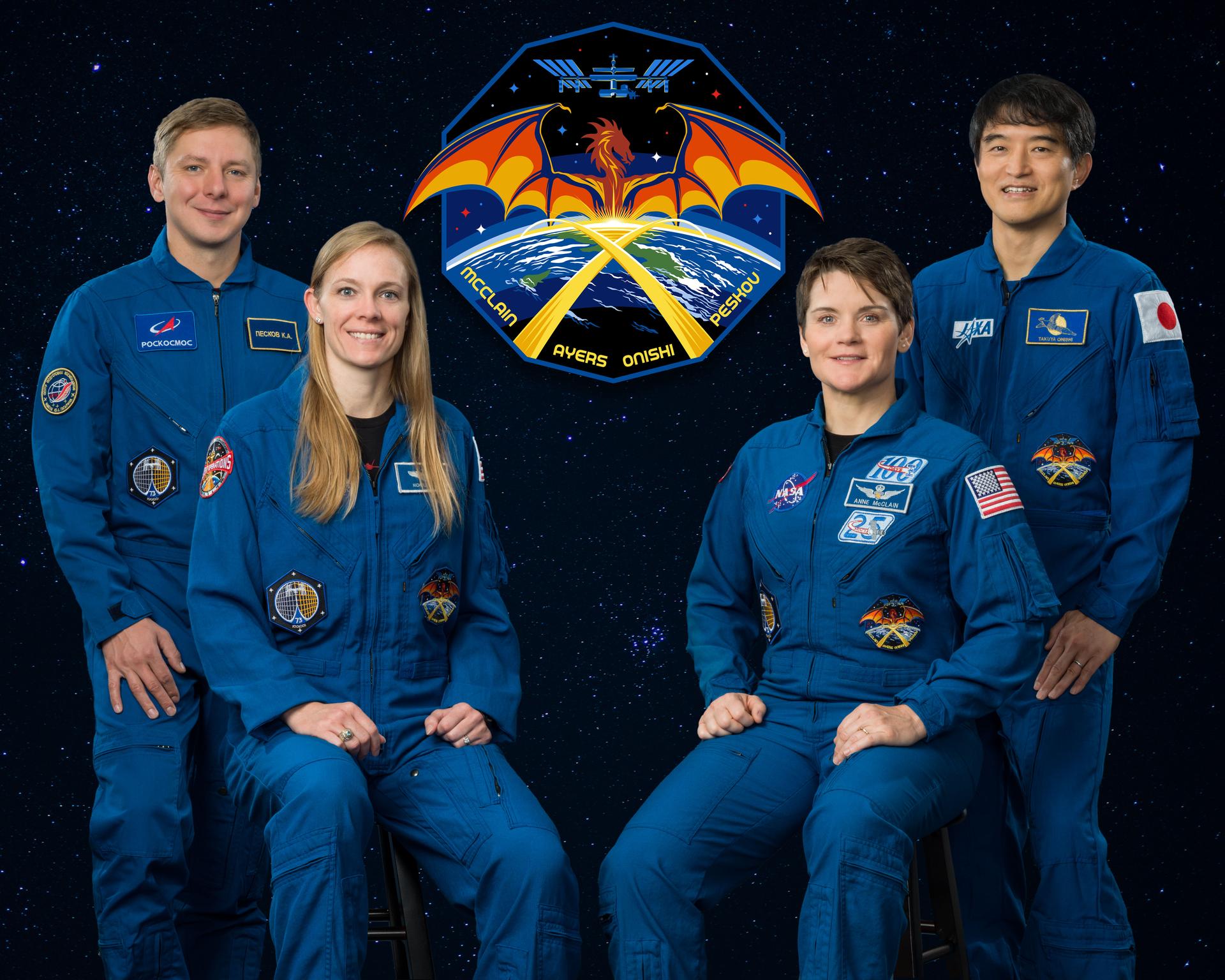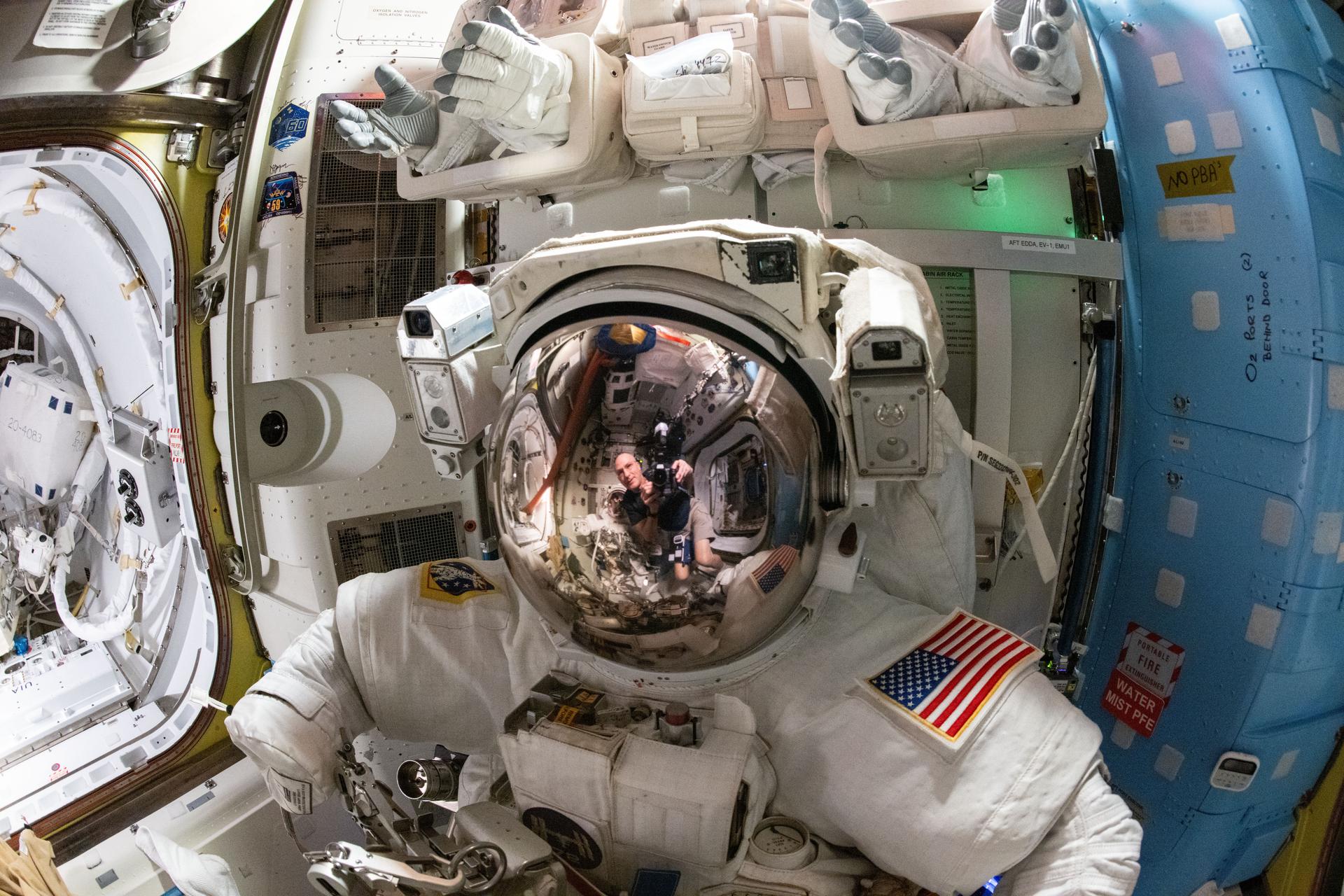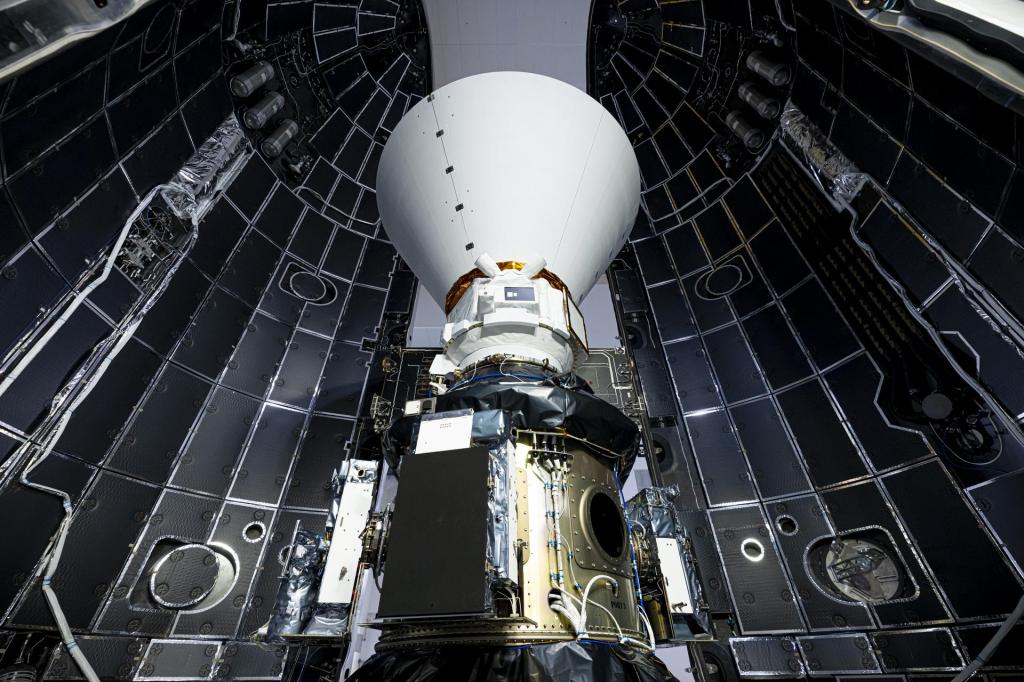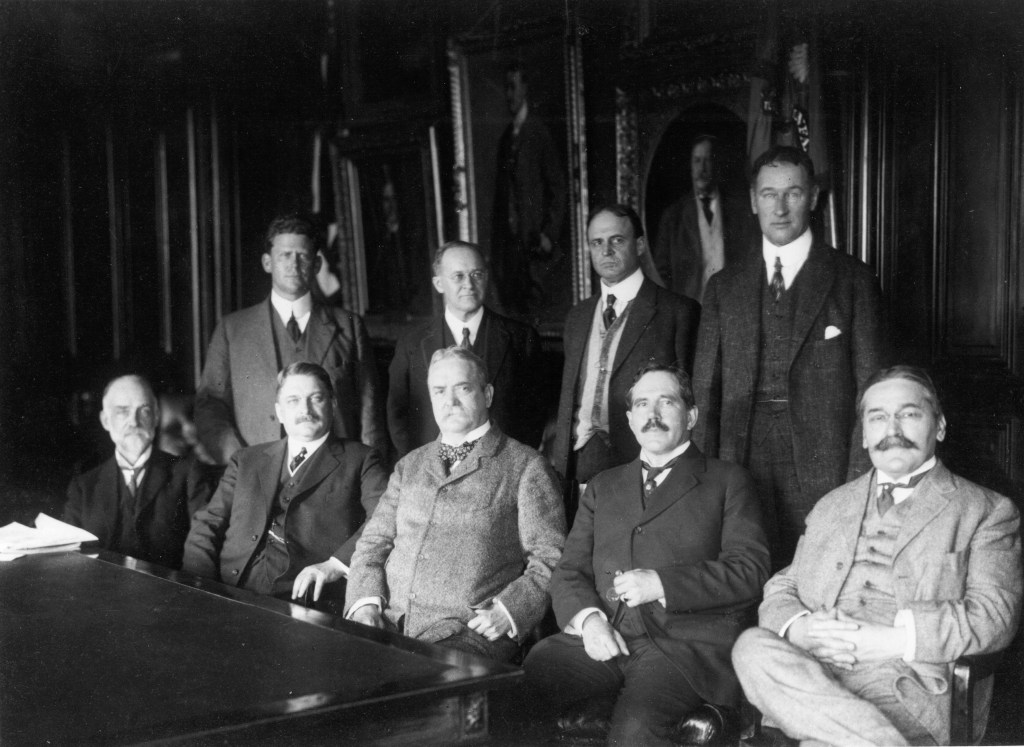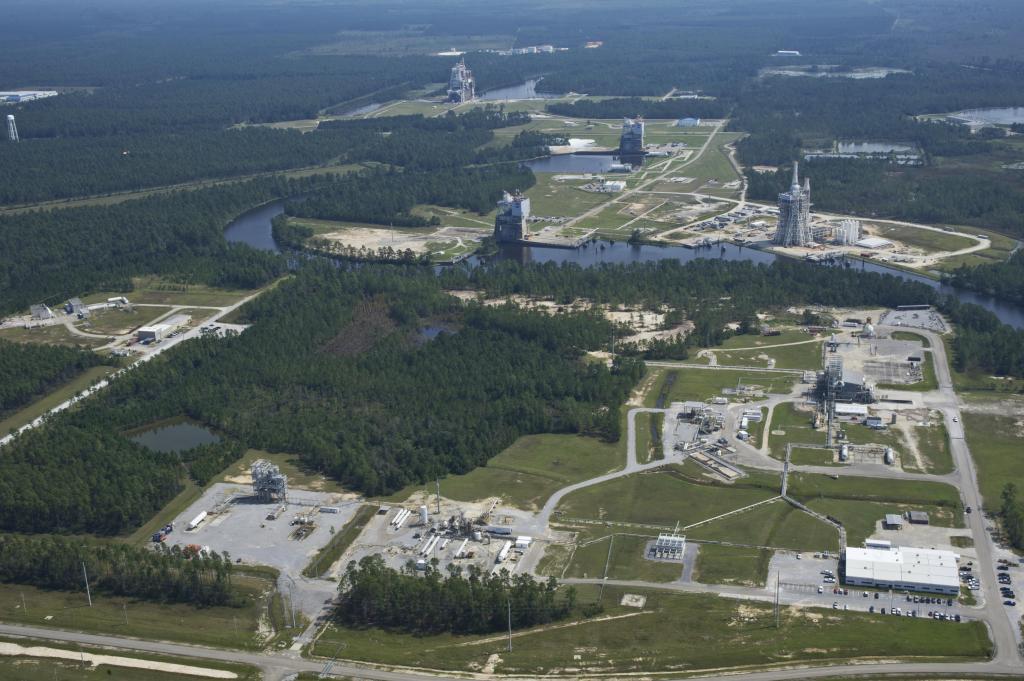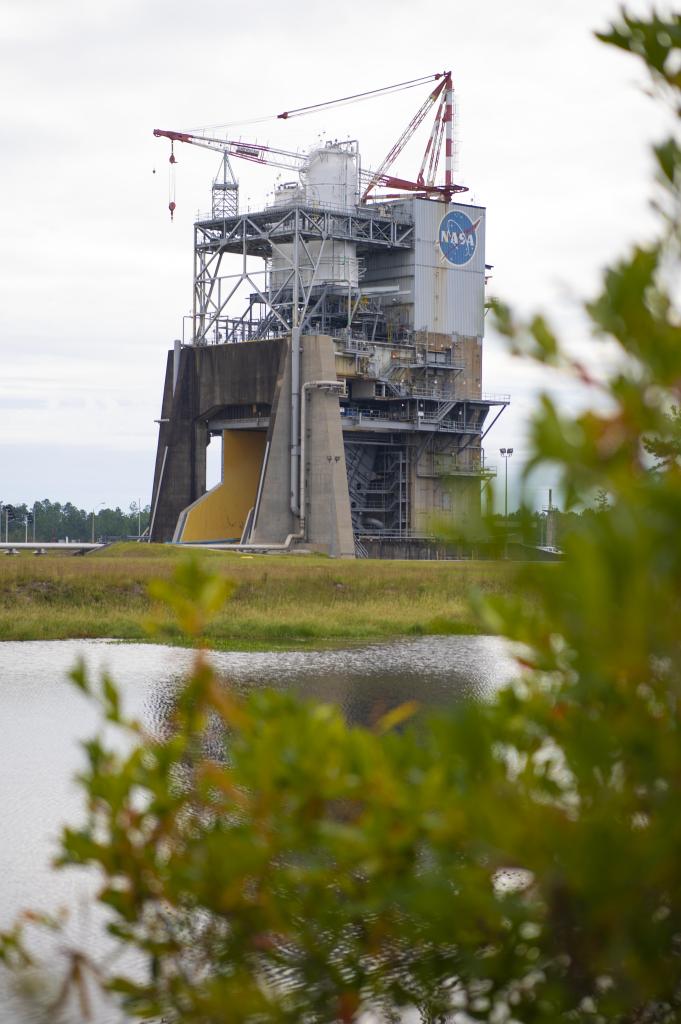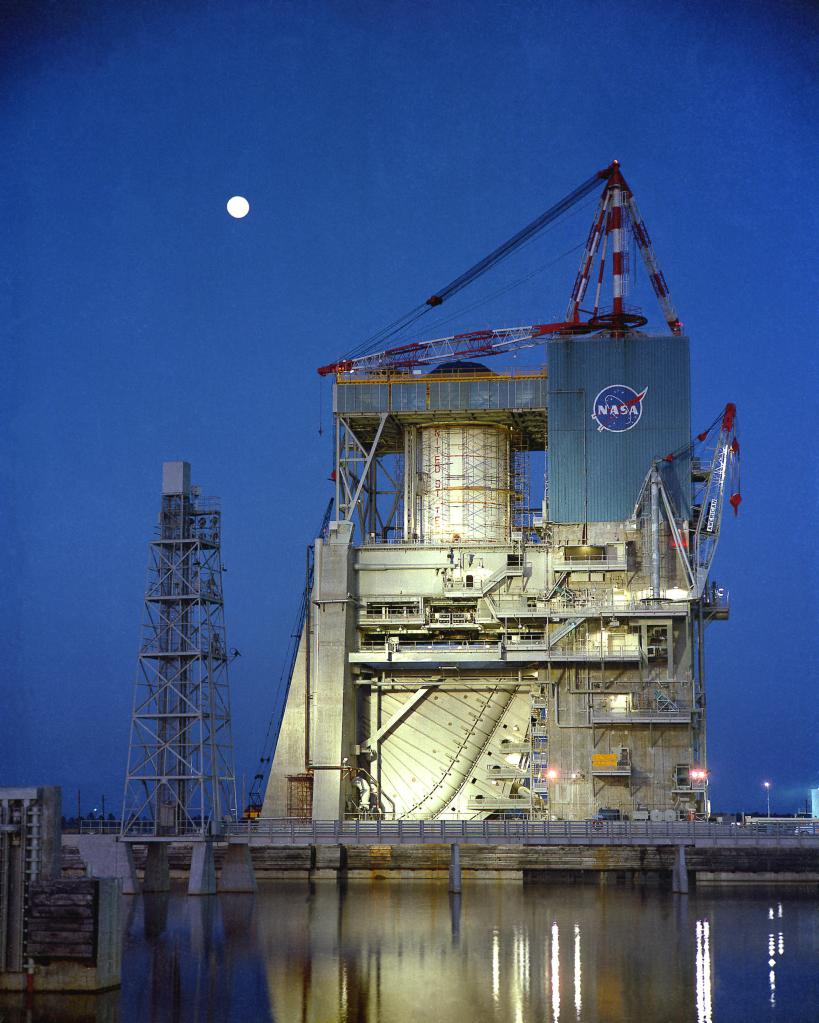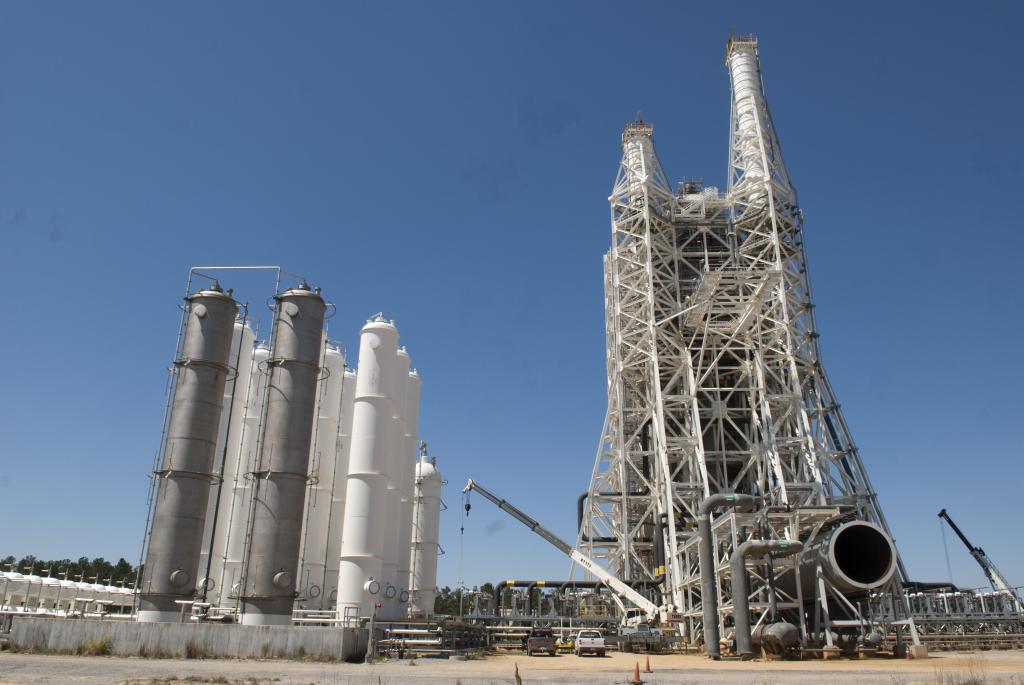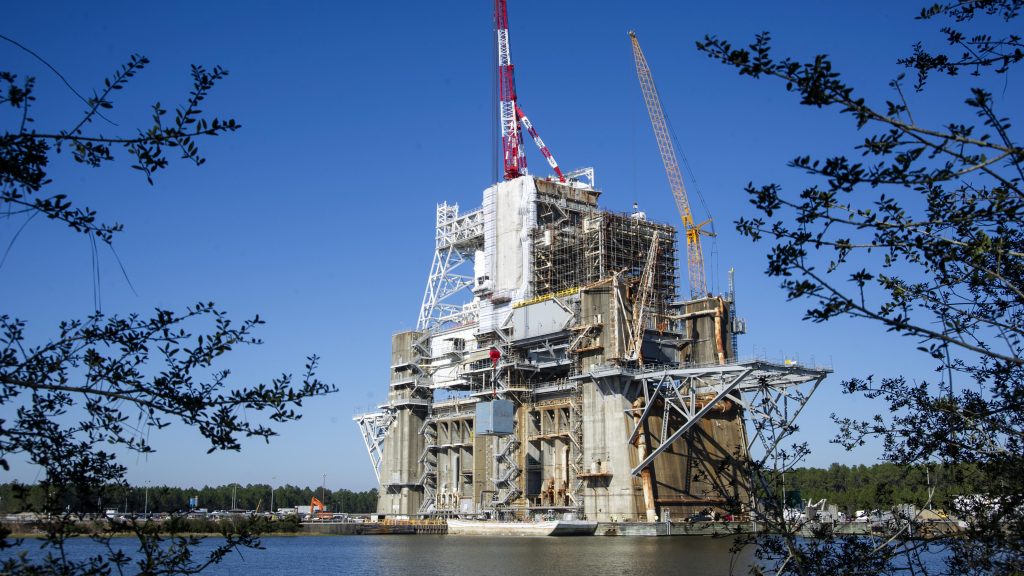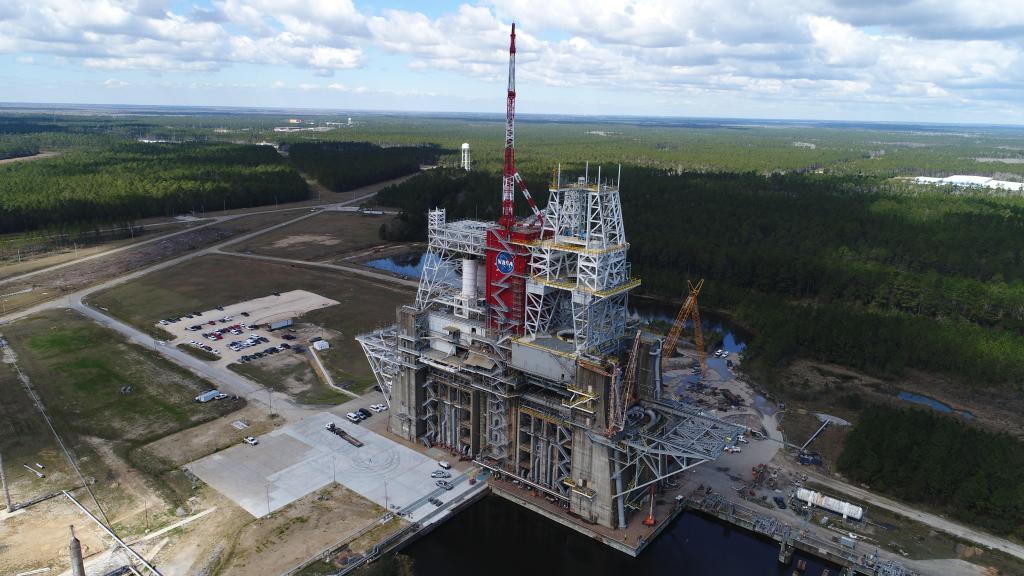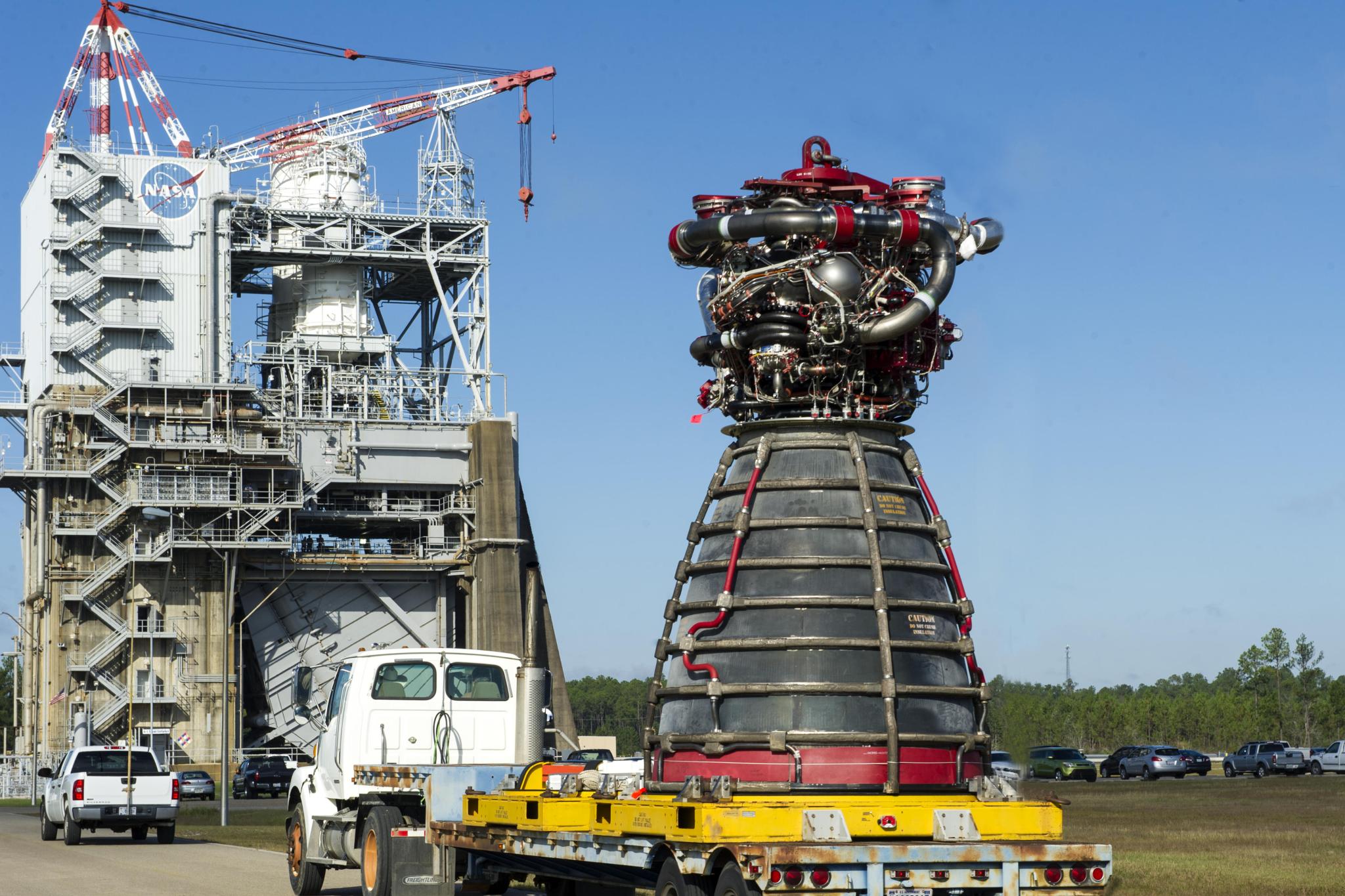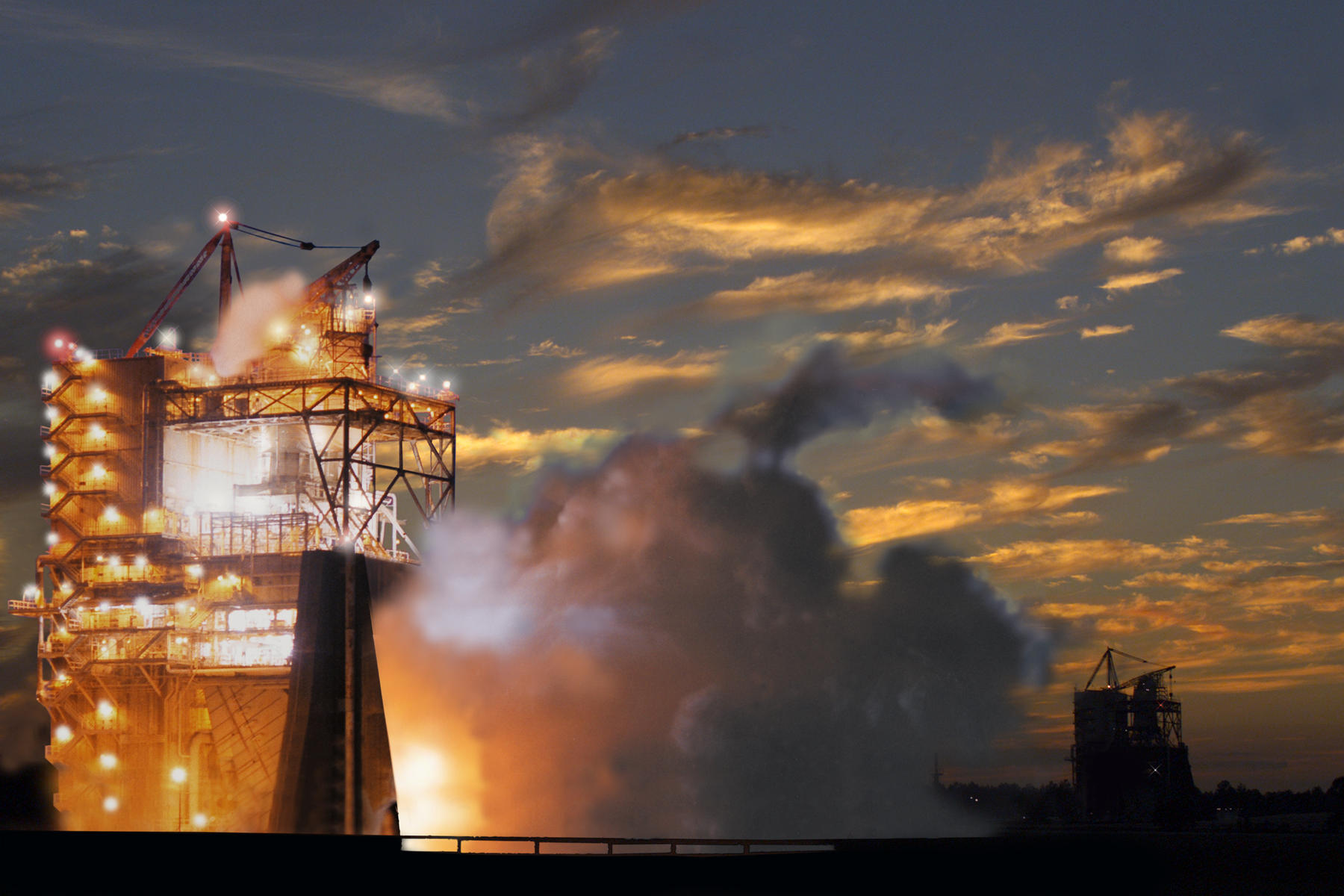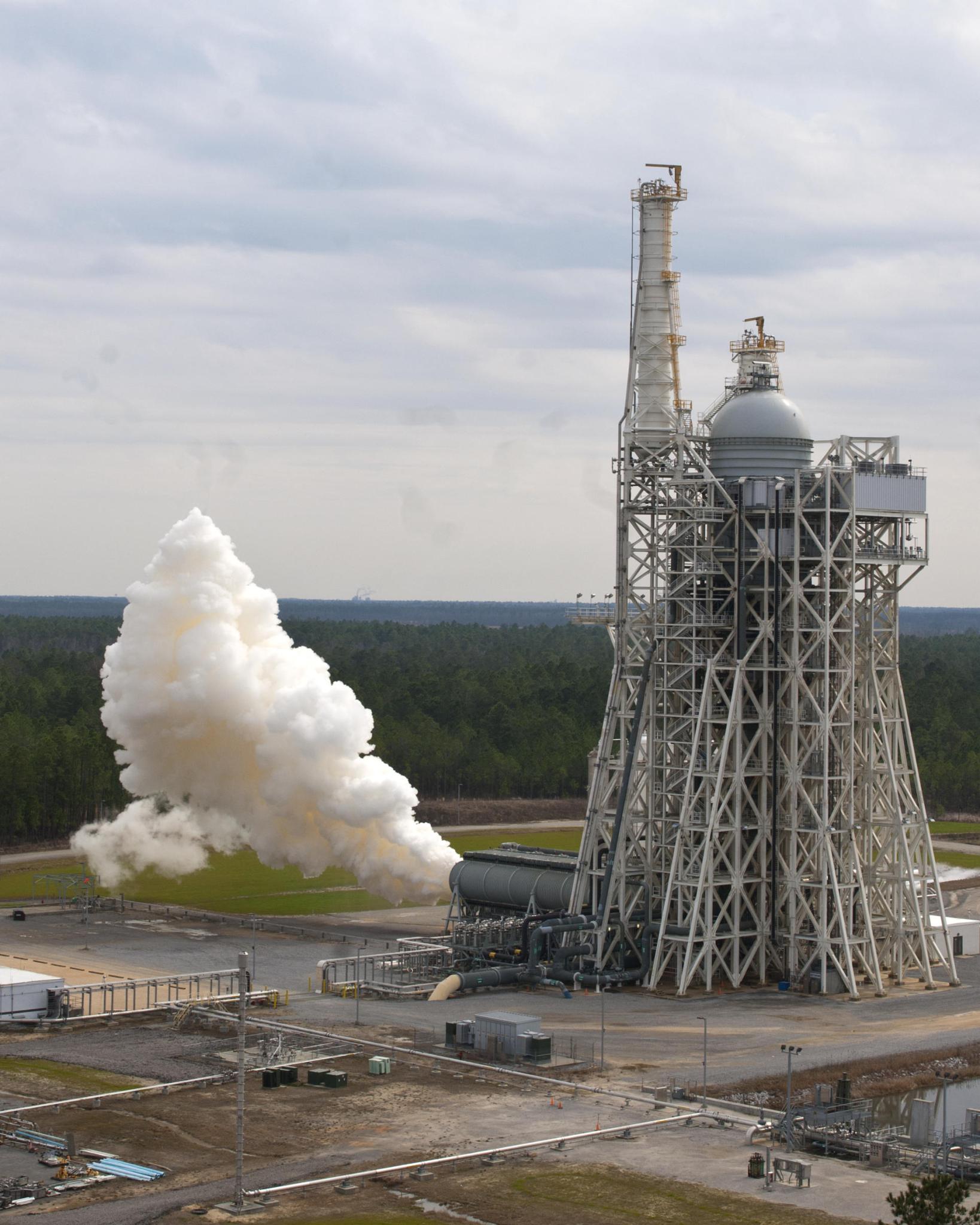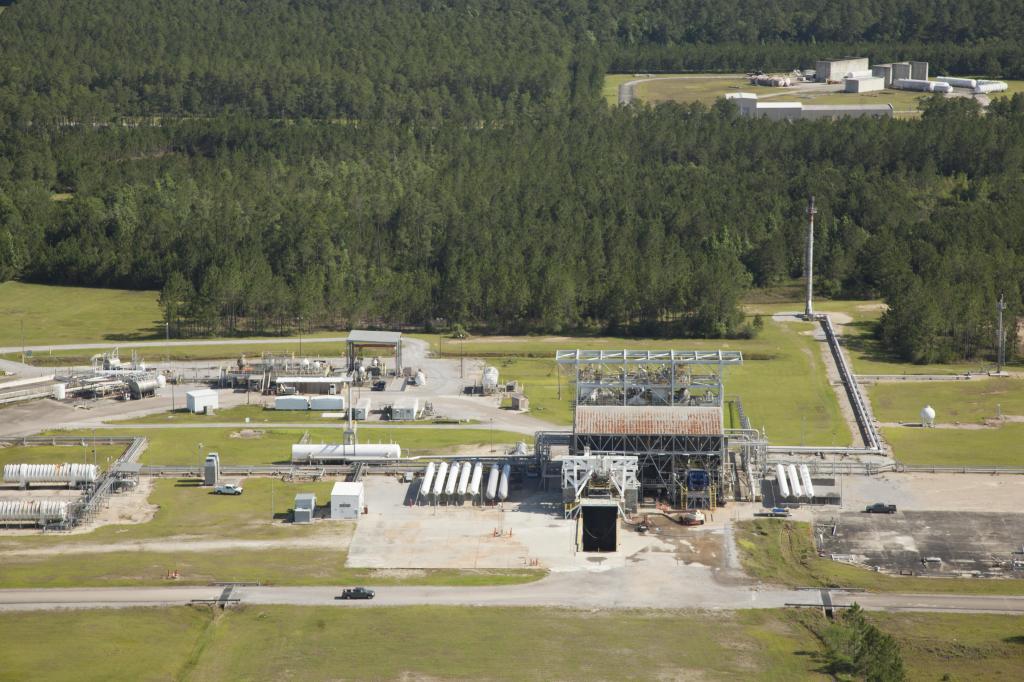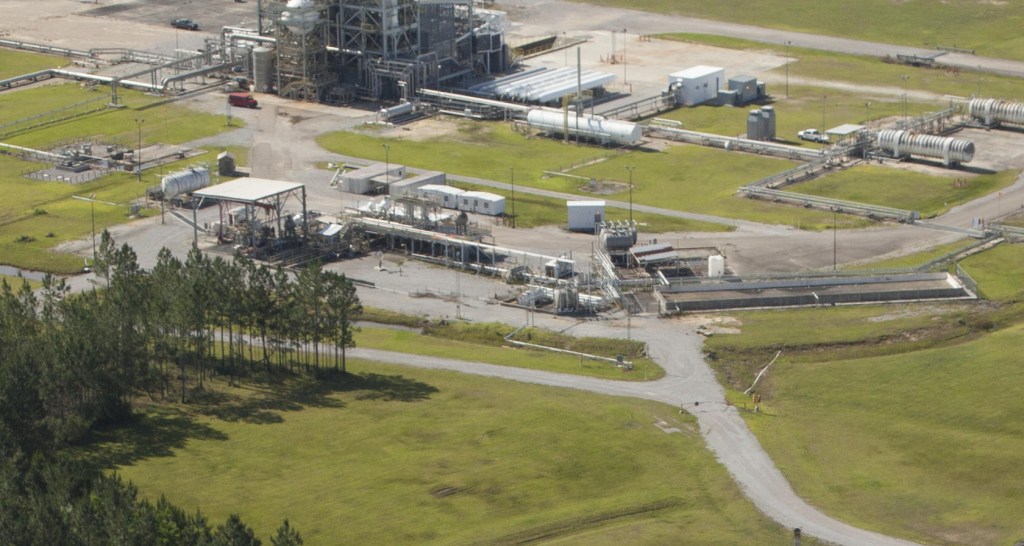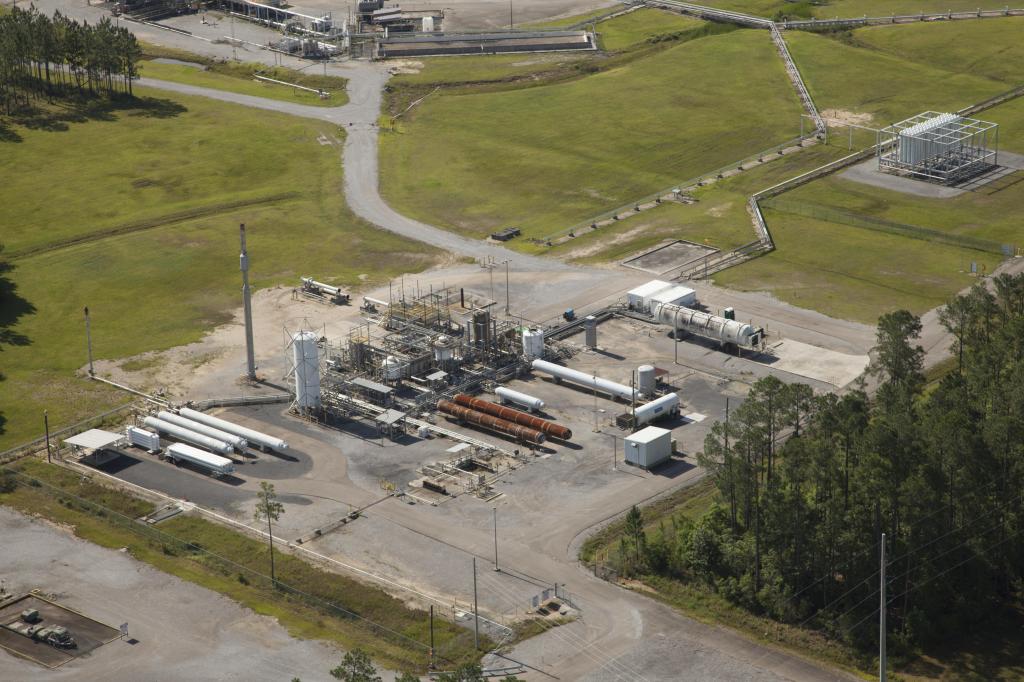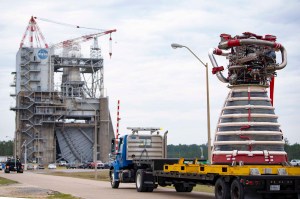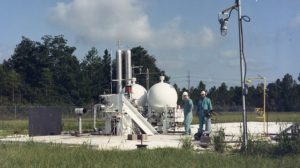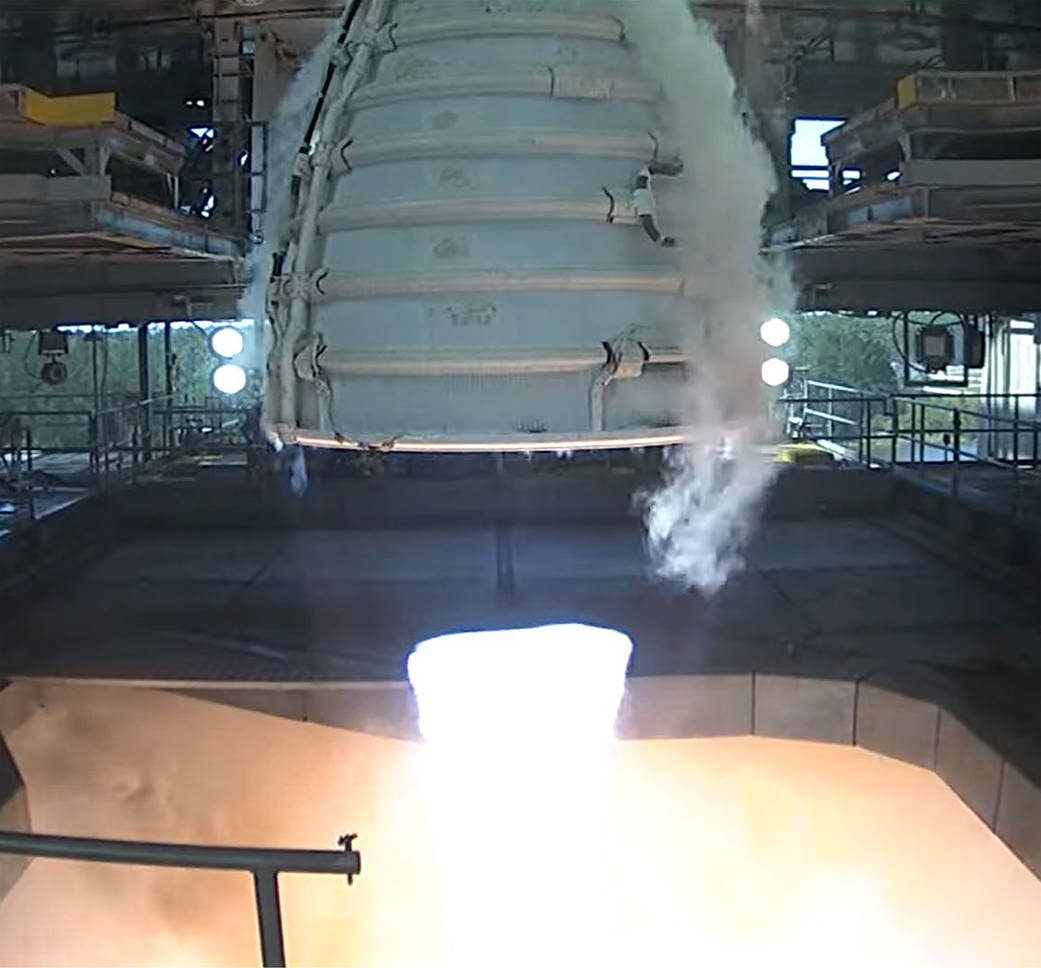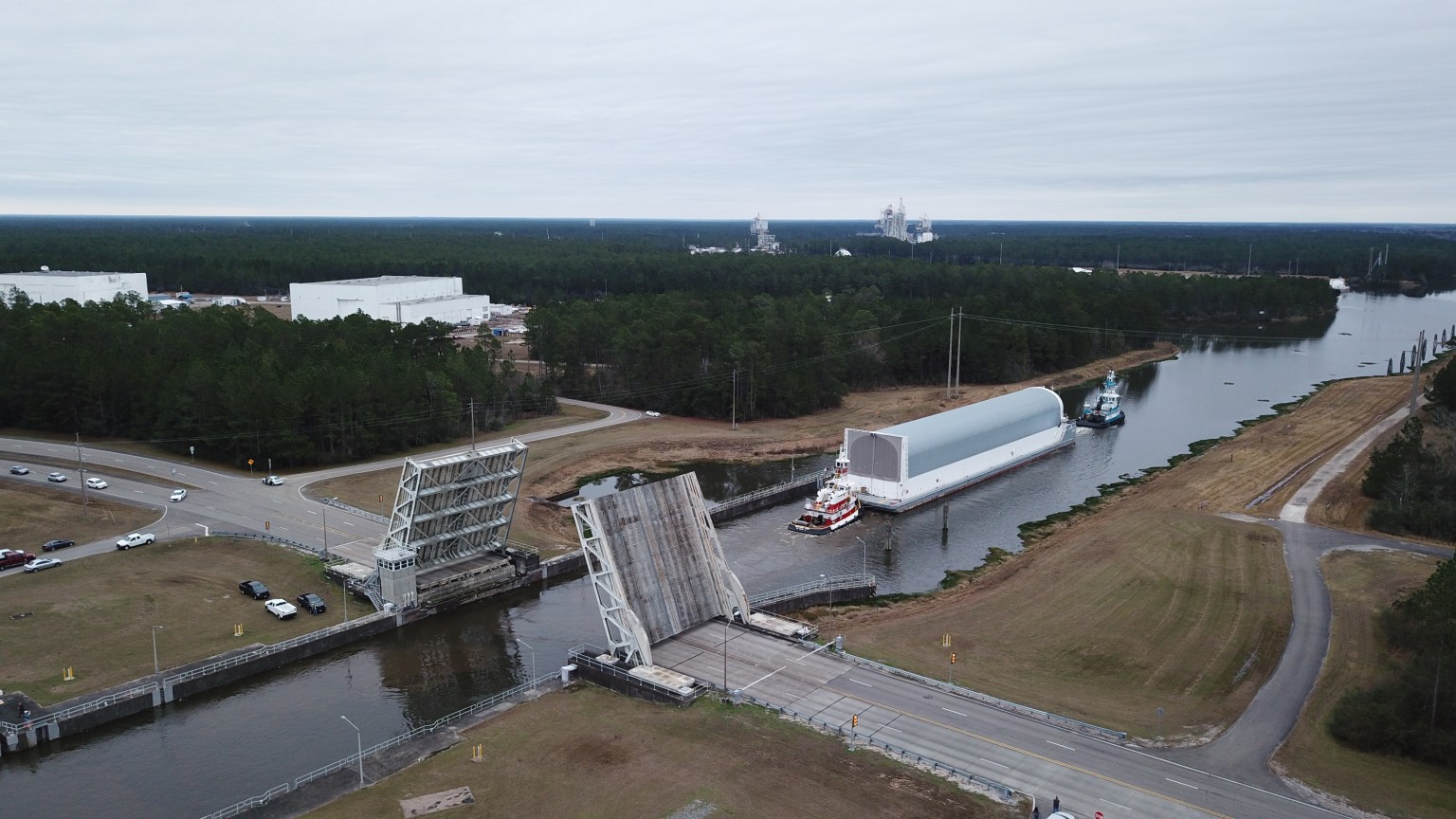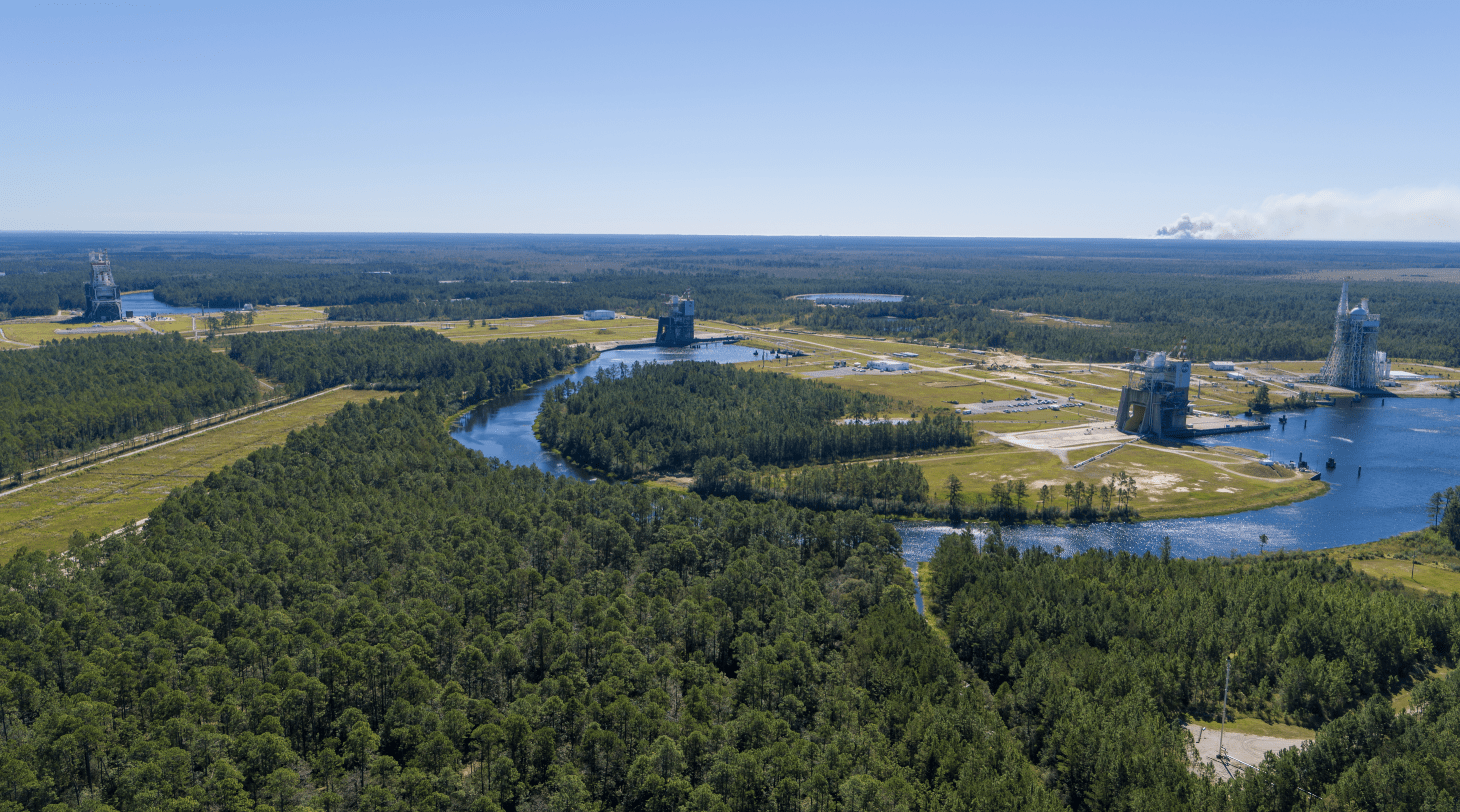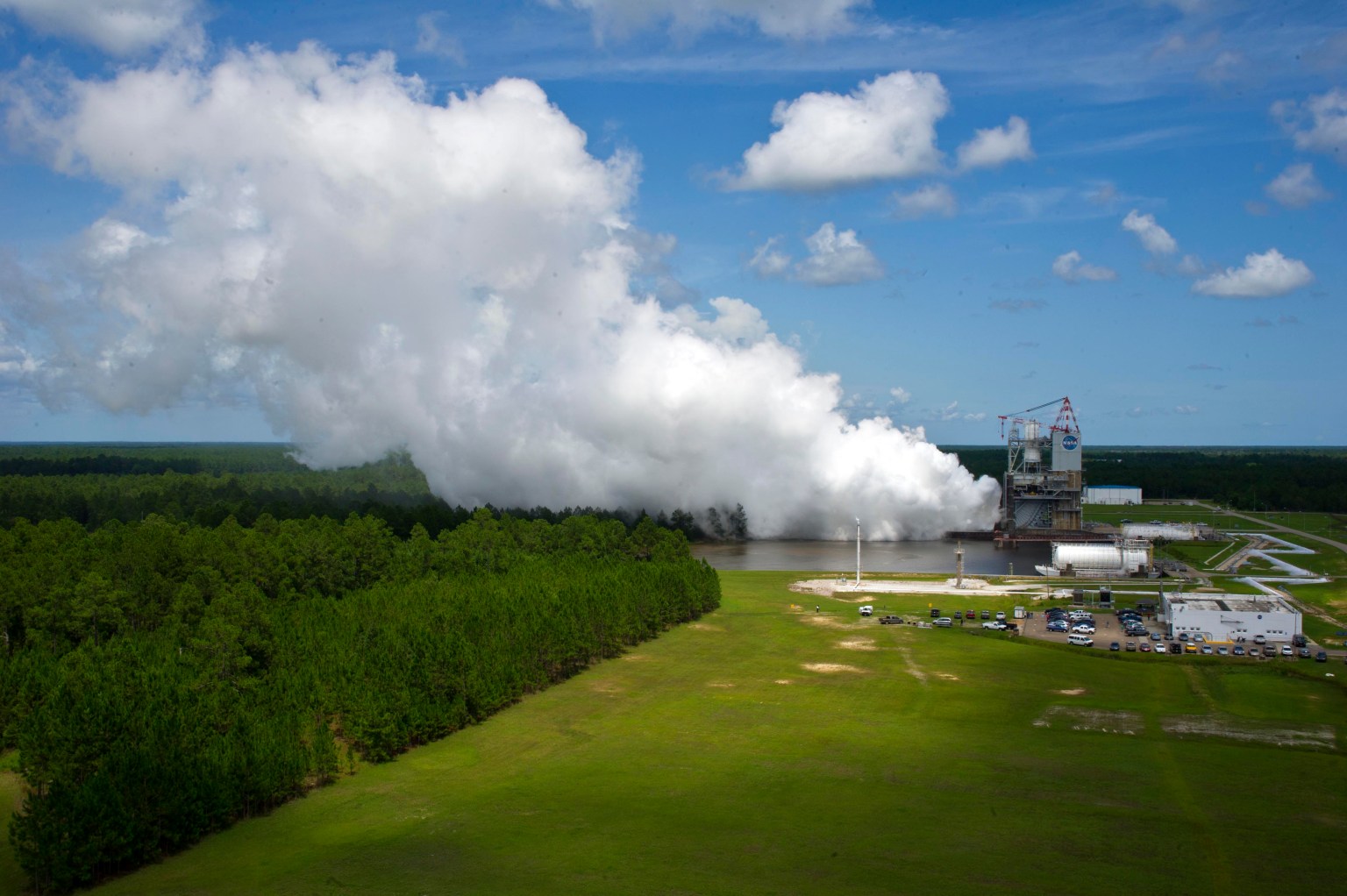Note: The following article is part of a series highlighting propulsion testing at NASA’s Stennis Space Center. To access the entire series, please visit: https://www.nasa.gov/stennis/powering-space-dreams/.
Workers making way for NASA’s Stennis Space Center near Bay St. Louis, Mississippi, likely did not realize they were building something that would not only withstand the test of time but transcend it.
Mosquitoes, snakes, hurricanes, and intense south Mississippi heat – early crews faced all with a spirit of resilience and adaptability that remains a hallmark characteristic of NASA Stennis six decades later.
“From going to the Moon for the first time and now returning to the Moon, you can trace a straight line of propulsion testing at NASA Stennis,” said Maury Vander, chief of the NASA Stennis Test Operations Division. “We still stand on the front lines of support for this country’s space program.”
For five decades and counting, the versatile NASA Stennis test stands have been used for stage, engine, and component testing on multiple NASA and commercial projects.
Three NASA Stennis stands – Fred Haise (formerly the A-1 Test Stand), A-2, and Thad Cochran (B-1/B-2) – date to the 1960s, when they were built to test Saturn V rocket stages for Apollo missions to the Moon. The Fred Haise and A-2 stand were single-position stands for testing one Saturn V second stage at a time. The Thad Cochran featured two positions – (B-1 and B-2) – that could each house a Saturn V first stage, although only the B-2 position was used during Apollo testing.
When the Apollo Program ended, the Fred Haise, A-2, and Thad Cochran (B-1) stands were modified to test single engines rather than rocket stages. All three were used in subsequent years to test space shuttle main engines and others.
Meanwhile, the Thad Cochran (B-2) stand was maintained for full stage testing. The space shuttle Main Propulsion Test Article was tested on the stand, as was the Common Core Booster for the Delta IV rocket. Most recently, the stand was used to test the first SLS (Space Launch System) stage that helped launch the Artemis I mission in 2022.
In 2024, the Fred Haise Test Stand is dedicated to RS-25 engine testing for NASA’s Artemis initiative. Every RS-25 engine that will help launch an SLS rocket during Artemis will be tested on the stand. The A-2 stand has been leased to Relativity Space, which is modifying it to support stage testing for its new rocket. In 2023, the Thad Cochran (B-1) stand concluded more than 20 years of RS-68 testing for Aerojet Rocketdyne (now known as L3Harris) and now is open for commercial use. The Thad Cochran (B-2) stand is being prepared to test NASA’s new SLS exploration upper stage before it flies on a future Artemis mission.
“When you think about the work at NASA Stennis, this is a place that helps write history,” Vander said. “And in a sense, these test stands are timeless, still operating as designed 60 years after they were built, so there is more history yet to come.”
NASA Stennis also constructed a fourth large test structure in the 2010s. The A-3 Test Stand is uniquely designed to simulate high altitudes up to 100,000 feet for testing engines and stages that need to fire in space. Rocket Lab currently leases the A-3 Test Stand area for construction of its Archimedes Test Complex.
NASA Stennis also operates a smaller test area to conduct component, subsystem, and system level testing. The area is now known as the E Test Complex and features four facilities, all developed from the late 1980s to the early 1990s.
Construction of the E-1 Test Stand, then known as the Component Test Facility, began to support a joint project involving NASA and the U.S. Air Force project. Although the project was canceled, a second joint endeavor allowed completion of the test facility.
Development of the E-2 Test Stand, originally known as the High Heat Flux Facility, began to support the National Aerospace Plane project. Following cancelation of the project, the facility was completed to support testing for component and engine development efforts.
An E-3 Test Facility was constructed to support various component and small/subscale engine and booster test projects. Relativity Space leased a partially developed E-4 test area in 2018 and has since completed construction to support its commercial testing.
All in all, the E Test Complex stands feature 12 active cells capable of various component and engine testing. The versatility of the complex infrastructure and test team allows it to support test projects for a range of commercial aerospace companies, large and small. Currently, both E-2 cells 1 and 2 are leased to Relativity Space through 2028.
“These facilities really do not exist anywhere else in the United States,” said Kevin Power, assistant director, Office of Project Management in the NASA Stennis Engineering and Test Directorate. “Customers come to us with requirements for certain tests of an article, and we look at what is the best place to test it based on the facility infrastructure. We have completed component level testing, all the way up to full engines.”
The list of companies who have conducted – or are now conducting – propulsion projects in the E Test Complex reads like a who’s who of commercial aerospace leaders.
“The E Complex illustrates the NASA Stennis story,” Power said. “We have very valuable infrastructure and resources, chief of which is the test team, who adapt to benefit NASA and meet the needs of the growing commercial aerospace industry.”
For information about NASA’s Stennis Space Center, visit:




